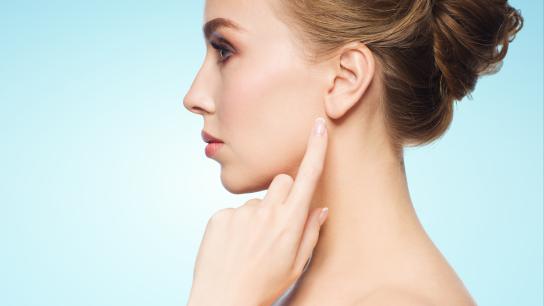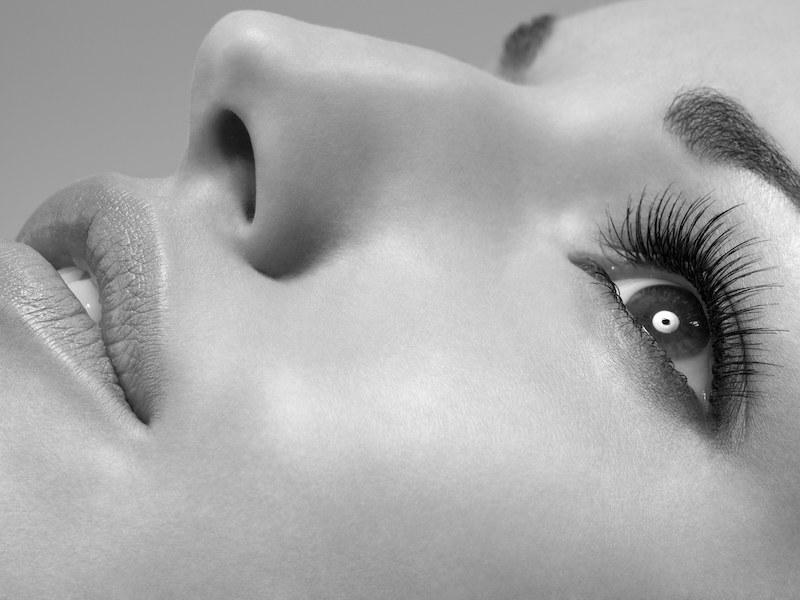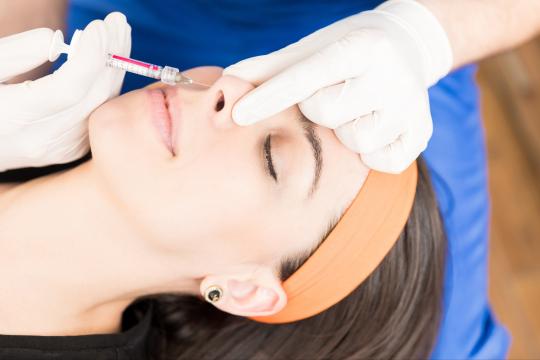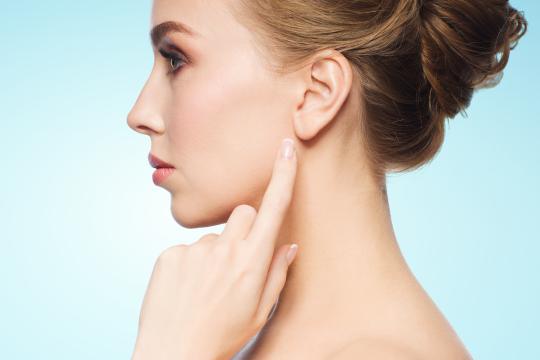
If the Vogue magazine article touting 2018 as the “year of the earlobe” sent icy chills down your spine—this blog post is for you. Insecurities are a fickle and individual beast, for one person that might mean being overly self-conscious about that little fat pad under your chin or stretch marks racing across your stomach, for others it might mean obsessing about the sparseness of your right eyebrow or the way your hands seem to be aging faster than the rest of you. And if your earlobes happen to be your kryptonite, we’ve got good news. Today’s plastic surgeons are increasingly using dermal filler to plump up a limp lobe or prop up an earring hole stretched out with time. But let’s start at the beginning.
An Aging Ear?
The persona non grata of your head, your ears haven’t gotten nearly the attention your complexion, your eyes, your nose, your lips or your brows have. They’ve been denied the daily slathering of sunscreen, serums, lotions and preventative treatments. They’ve endured years of weighty earrings. They’ve been ravaged by the effects of gravity and time. And your earlobes aren’t all that happy about it.
How do we know? Just look at all the passive aggressive ways in which our earlobes display their displeasure—age spots, stretched out (or worse—ripped) earring holes, and limp, sad little lobes deflated of their youthful volume. Your ears are showing your true age right behind your back. And by that we mean right beside your face. Whatever. Your ears are angry. And it’s time to make amends.
Ear Care.
Your lobes are covered in the same skin as the rest of you and are subject to the same tell-tale signs of aging—sun damage, wrinkles and volume loss. The best way to begin caring for the delicate dermis of your ears is to simply extend your products out to them. In fact, your ears are tough and some doctors even recommend that any chemical peels, laser treatments and retinol treatments be extended out to include the ears as well. And did we mention sunscreen? Skin cancer on the outer ear is quite common because the ear is regularly exposed to the sun—oftentimes without any of the SPF protection that you forgot to apply. And we’re not here for that.
Do Yourself A Favor.
Another thing we’re here to advocate for is responsible earring usage. Which is why we’d be remiss in not mentioning how damaging it is to always choose the heaviest, most ornamental chandelier earrings. There are accessories that are appropriate for special occasions—and no, Tuesday, is not a special occasion. Excessively wearing heavy earrings will inevitably lead to long, stretched out holes and thin earlobes. #logic
It’s also a good idea to not sleep in your earrings—too much pulling and possible tearing should your earring get caught on an errant bed sheet or pillow embellishment. And the use of support discs and/or adhesives are a great idea if you simply must sport heavy adornments or multiple earrings in a single ear.
The Nitty-Gritty—Dermal Filler.
Of course, some of us are beyond avoiding the discoloration, wrinkling and gravitational drama that a neglected earlobe can display. The damage has been done and the damage has led to a loss of collagen and elastin, changing your ear from the plump little mass that it once was into a sad, shriveled, stretched out mess. #hyperbole
This is where dermal fillers can help. In the past there wasn’t much beyond surgery that your doctor could do to tighten a lobe or adjust a stretched out earring hole. Now doctors are increasingly using dermal fillers to temporarily refill a limp lobe. Here’s how.
Often called a “lunch time procedure,” a few simple injections of hyaluronic acid filler, like Restylane or Juvederm, around the lobe or earring hole can quickly and relatively painless revive a slack earlobe. It’s ability to replace lobe cushioning and even provide extra cushioning for those with delicate earlobes is accompanied by very few side effects (mainly light bruising or swelling) and immediate results, with the added benefit of tightening up holes that have been overstretched from excessive earring use.
Of course, dermal filler injections aren’t the only answer and they’re not the answer for everyone. Those with extensive damage and/or ripped earlobes may still require a surgical procedure to address the damage. A consult with your board-certified plastic surgeon is the best resource for what might be right for you.








